As New York continues its efforts to re-open its economy safely amid the continuing (and in many states, intensifying) COVID-19 crisis, there is concern about what the residential housing market - which had experienced a decline even before the pandemic hit, largely due to changes in tax and conversion regulations, and overbuilding in the higher-end sector - will do. Will New York City see a recovery from what was already acknowledged as a soft market? The cross section of brokers polled for this story are hopeful.
Indicators
According to Jared Antin, director of sales at Manhattan-based brokerage firm Elegran, “Over the last four weeks, we have seen steady increases in the amount of new for-sale inventory. I expect those interested in selling their apartments to return to, or come to market, in the next several weeks. Going forward, and considering safety protocols, each seller should have a conversation with their broker about the showing procedures and policies to ensure that they protect their own health and safety, and that of all visitors.”
“Sellers who don’t need to sell right away may wait until the pandemic subsides further and the market stabilizes,” Antin continues. “Those who have been eager to sell for the last three months probably won’t wait to come to market, and will likely price their homes to sell quickly.”
Overall, and in terms of the near future, Antin adds, “We expect there will be a surge of real estate activity now that we are in Phase Two. As witnessed in many other urban markets after the lockdown ended, there was a strong uptick in listings, appointments and contracts being signed. Being confined to your apartment for three months is a good litmus test for whether you like your home, or crave something different or bigger. I believe that this summer will be a convergence of the spring, summer and fall markets. Interest rates being at or near all-time lows certainly help create additional incentive for qualified buyers.”
Ariela Heilman, a broker with Halstead in their Harlem Office concurs. “Interest is bubbling as we enter Phase Two. We hope the buyers will honor the new no-open-house reality and open their financial kimonos in order to make an in-person appointment. We had multiple offers on a tenant-occupied Brooklyn multi-unit, sight unseen. We also anticipate listings continuing to come to market now that the gates have opened. Frankly, I see pent-up demand accelerating sales over the next two months. Buyers who were preparing to buy and are still fortunate enough to be employed, are moving forward with their plans. We are hoping for more inventory now in Phase Two, and less competition. For sellers, the need to sell remains, and is now three months more urgent. Online search engines report a 30% rise in buyer engagement.
The results of sheltering at home for 100 plus days has sharply focused many people’s needs. Downsizing sentiment is flipping to upsizing as more jobs have migrated to work from home,” and are likely to remain there.
Priming the Pump
Roberta Axelrod, Director of Condo Conversions for Time Equities, Inc., offers some constructive ideas for both New York City and New York State to consider to help the co-op and condo industry regain its footing on the heels of the pandemic and the negative factors that affected it prior to the arrival of COVID-19.
“Just as one can take a seemingly dead battery and revive it with the right charge and a set of jumper cables, we too can help to restart our economy with a charge of the right stimulus,” she says, and one of those stimuli is changing the condo conversion laws to make condo conversion easier again. “This simple stimulus formula costs no infusion of cash from the public sector,” says Axlerod. “To the contrary, it generates funds for the public sector in the form of city and state transfer taxes, income taxes and filing fees. And most importantly at this time of high unemployment, it generates increased jobs thereby reducing unemployment and the cost of unemployment payments from the government.”
“Condo conversions,” she continues, “not only help to stabilize neighborhoods and improve old housing stock, they create jobs and work for many types of businesses. In addition to development companies, they create work for contractors, electricians, plumbers, carpenters, security and building maintenance staff, architects and engineers, lawyers and accountants, advertising and public relations firms, advertising for newspapers, creative and web design firms, photographers, real estate brokers, mortgage brokers, lenders, title companies, furniture stores, lighting stores, decorators, appliance stores, hardware stores, etc.”
As part of a solution to the current volatile marketplace situation, another of Axelrod’s suggestions “is to once again permit condo conversions with 15% of units sold, while also including an affordable housing component. In effect, this will help those in need of housing assistance, [which is] an especially dire need with New York unemployment approaching 15%. An affordable housing contribution from both developers and purchasers on initial and future closings would be a source of private funds to help support this important and critical public need.”
The months ahead will be by no means easy ones for the condo and co-op markets in New York. Already stricken by tax law changes and changes to the treatment of existing housing stock undergoing conversion, the market was not at its most stable. As Axelrod says, “While brokers see a light at the end of the tunnel, the health of the market may also depend on revisiting some of the changes that shook its foundation before the recent crisis.”
A J Sidransky is a staff writer/reporter for The Cooperator, and a published novelist.




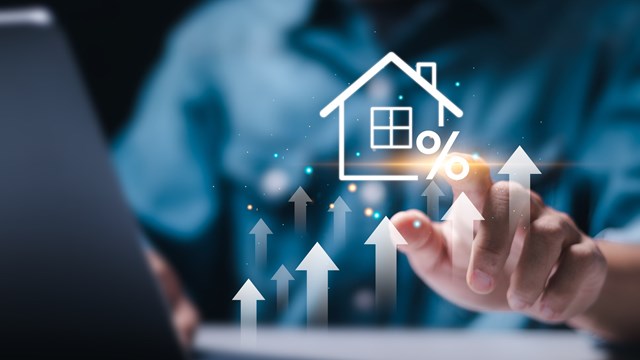
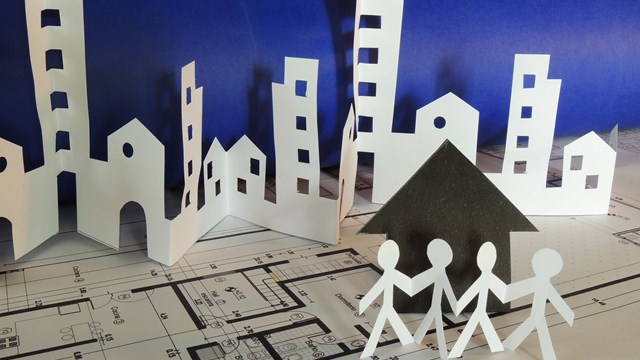
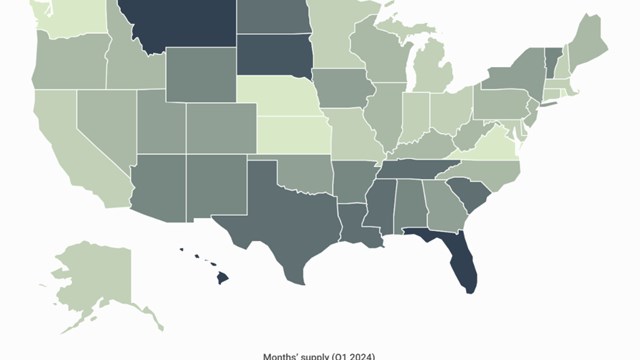
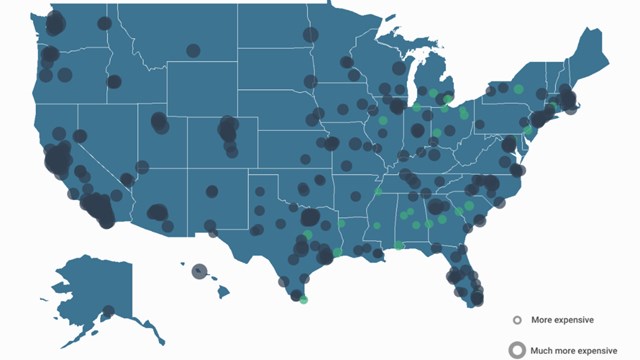

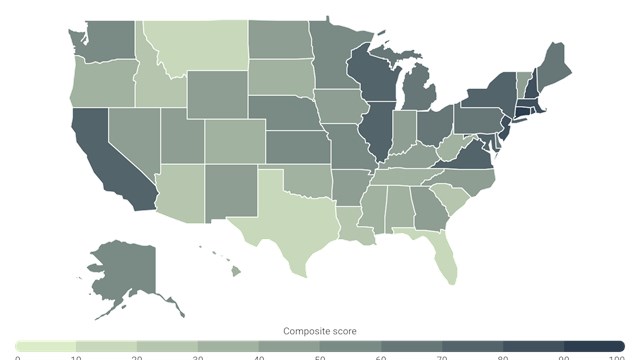
Leave a Comment